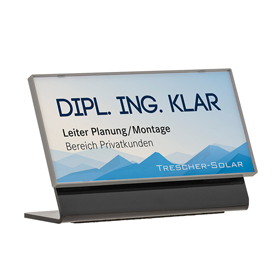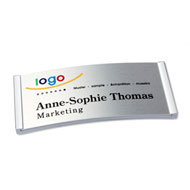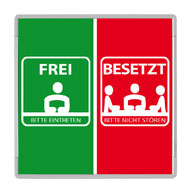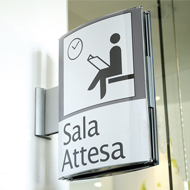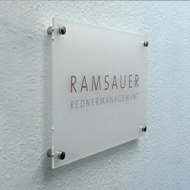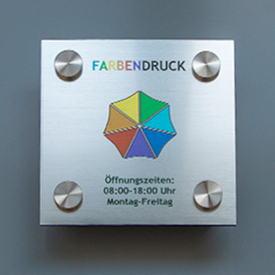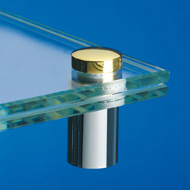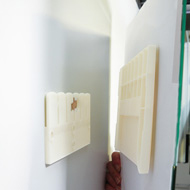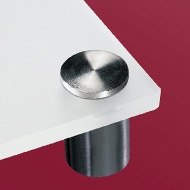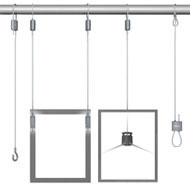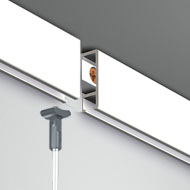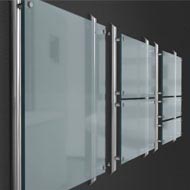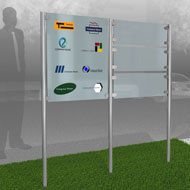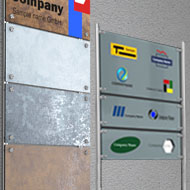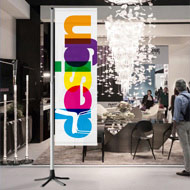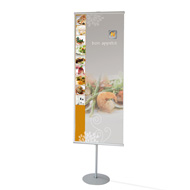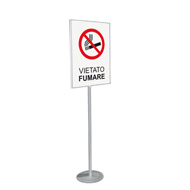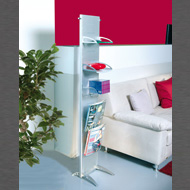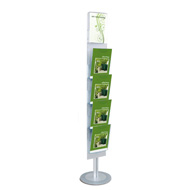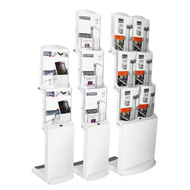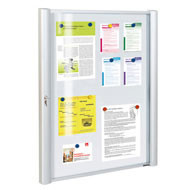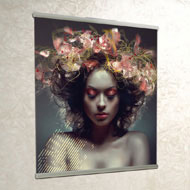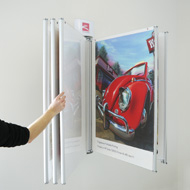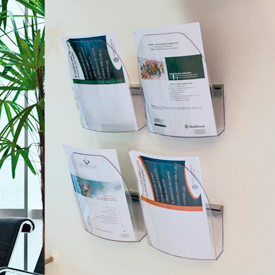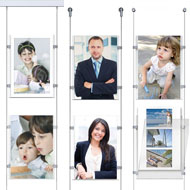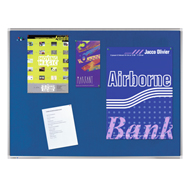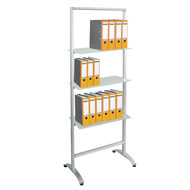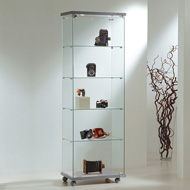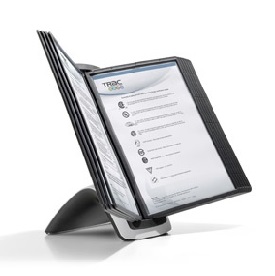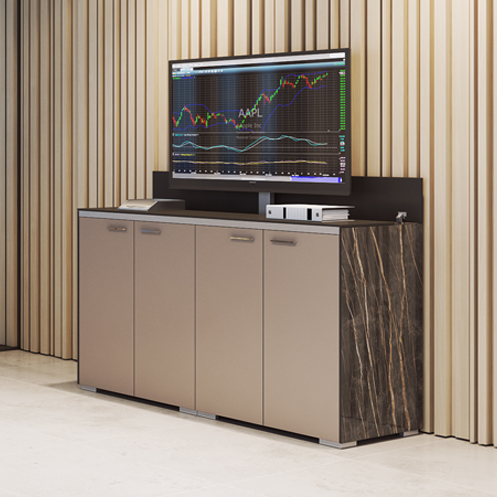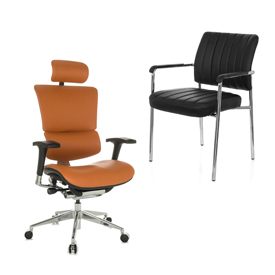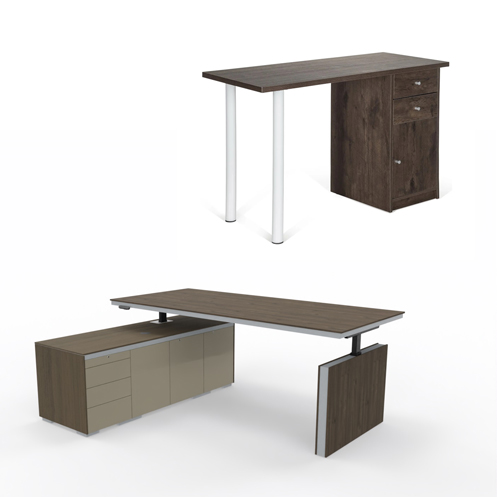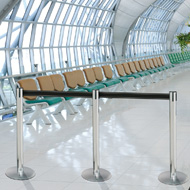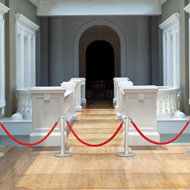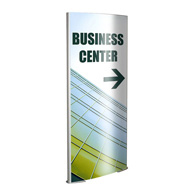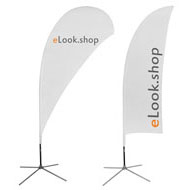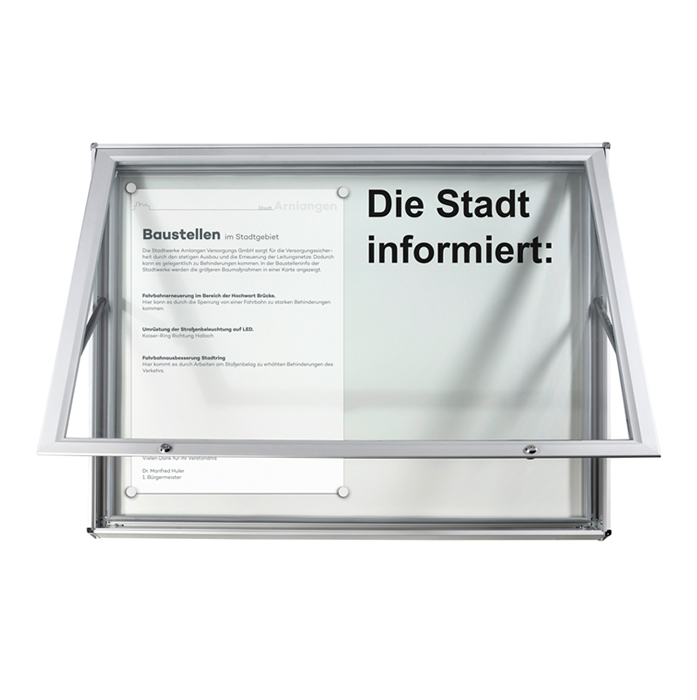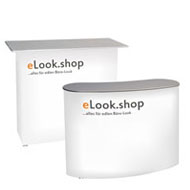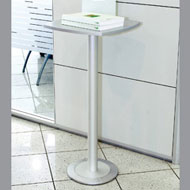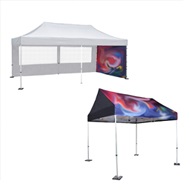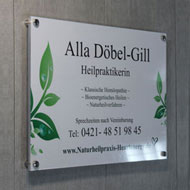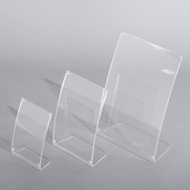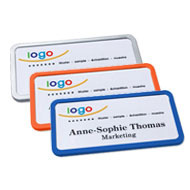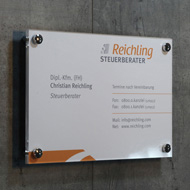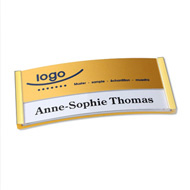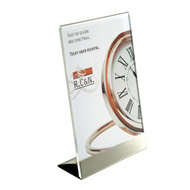Showcases and information showcases in comparison
Saturday, February 1, 2020
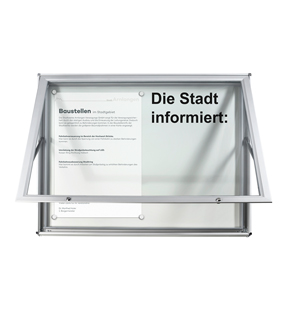 A showcase is a wall box with a pane of glass in which notices and information are presented. The display case is often also called an information display case . Depending on the area of application, the information showcases have different characteristics and are made of different materials. What should you consider when choosing a showcase?
A showcase is a wall box with a pane of glass in which notices and information are presented. The display case is often also called an information display case . Depending on the area of application, the information showcases have different characteristics and are made of different materials. What should you consider when choosing a showcase?Display case for inside or outside?
The location is probably the first thing to consider when choosing a display case. The outdoor information showcases are made of impact-resistant and weatherproof materials and protect the notices from the weather. The information showcases on the outside walls of community buildings, museums, city libraries, churches and clubs are classic. But the wall showcases or standing showcases are also used for timetables at the train station or information on historical objects.The showcases are also often used indoors . Typical use is in corridors, corridors and halls of schools, universities and companies, in the entrance area and waiting area of medical practices and hospitals, in museums and in the catering area. Indoors, it is no longer important to pay attention to the weatherproof design. However, if the place of use is heavily frequented, it is better to opt for lockable and tamper-proof showcases.
Showcases: door types and handling
All showcases are basically similar in structure and consist of a frame, a rear wall and a door. However, there are different types of doors that offer their own advantages and disadvantages depending on their purpose.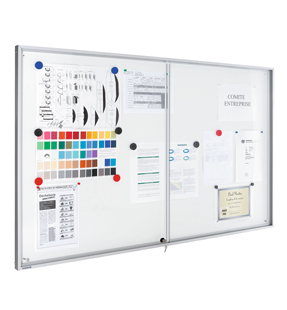 A swing door (or revolving door or revolving leaf) is opened to the side - to the right or to the left. Models with 2 swing doors are less common. The swivel corner is 90 degrees in some versions. Depending on the size of the showcase, the rotating panel is equipped with one or two locks. These models are robust, tamper-proof and ideal for outdoor use.
A swing door (or revolving door or revolving leaf) is opened to the side - to the right or to the left. Models with 2 swing doors are less common. The swivel corner is 90 degrees in some versions. Depending on the size of the showcase, the rotating panel is equipped with one or two locks. These models are robust, tamper-proof and ideal for outdoor use.Information showcases with sliding doors are better suited for narrow spaces such as hallways or corridors. To post or exchange the information sheets, you simply have to push the doors to the side. Each door also has a lock.
The outdoor showcases are often also equipped with a wing door with gas pressure springs . The lockable folding wing opens upwards. The built-in gas pressure springs hold the wing door securely in the open state and ensure that it closes smoothly.
An exception to the series is the display case snap frame, which is more like an insert sign or wall frame. There is no door here, but a cover that simply clicks into the frame and has no lock. This showcase is only suitable for 1 insert sheet.
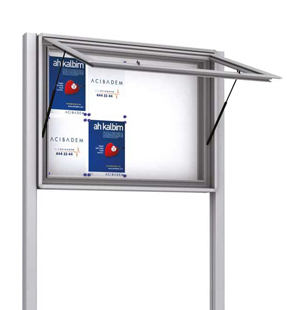
Showcases: types of assembly
There are basically 2 types of installation of showcases. The first is wall mounting . The information display case is permanently mounted on the wall in the interior - in practices, schools or companies. The wall showcases are also often used outdoors: on the outside wall of restaurants, museums or communities.The free-standing information showcases are often used outdoors in front of buildings or in the halls of public facilities. The standing showcases are set up on the floor using posts or concreted in . Depending on the model, two or three legs can be used.
Showcases: Materials
Regardless of the area of application, the showcases are usually made of metal. The frame is usually made of aluminium , the back wall - of sheet steel . The back wall is magnetic, the notices are simply attached with magnets. The sheet steel is often enameled white, which gives the display case an advantage: the back wall can be written on with a whiteboard marker. Aluminum and steel are rustproof and very strong.The door usually also has an aluminum frame into which a pane made of acrylic glass , ESG or PETG is inserted. These materials are highly scratch and break resistant. In some models, the doors are coated with an anti-reflective coating.
There are showcase models that are only suitable for 1 information sheet - snap frame. The aluminum frame surrounds the rear wall made of impact-resistant plastic . The cover is also made of plastic and is often UV-resistant and anti-reflective.
Showcases are usually made of wood and glass (or acrylic glass) , which are used to display exhibits in museums and exhibitions or are a kind of closed shelf for private collections at home.

